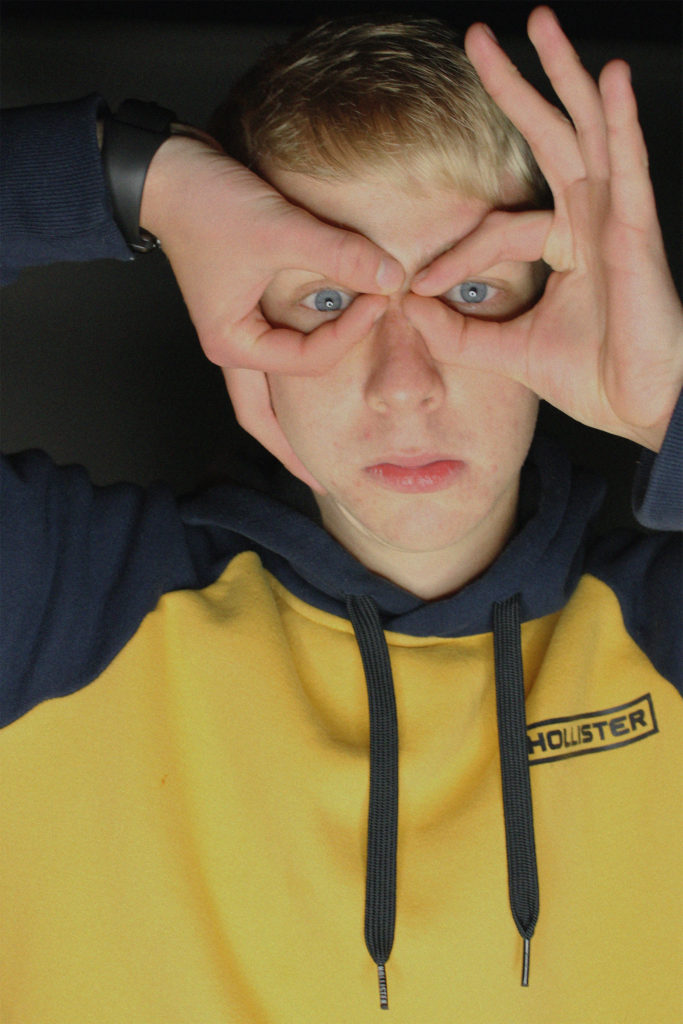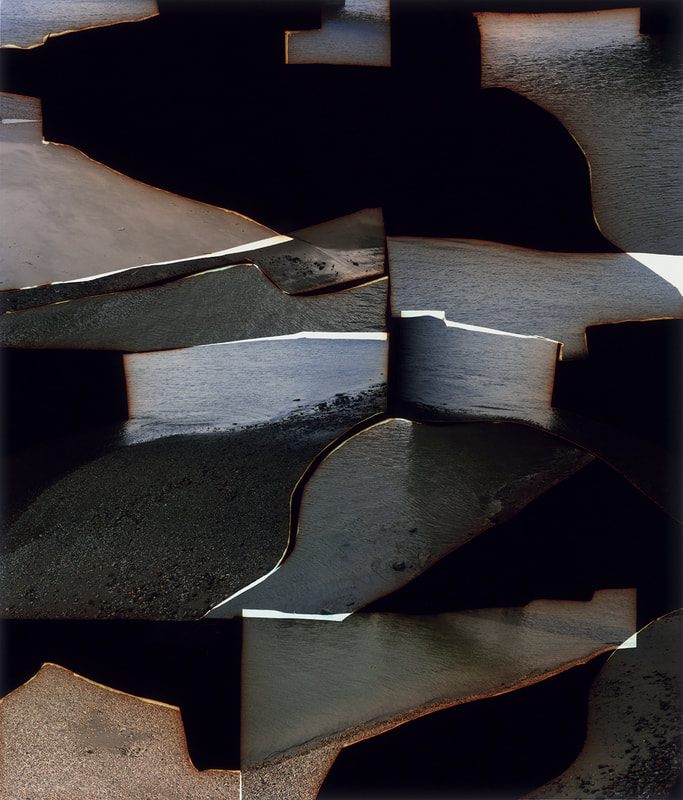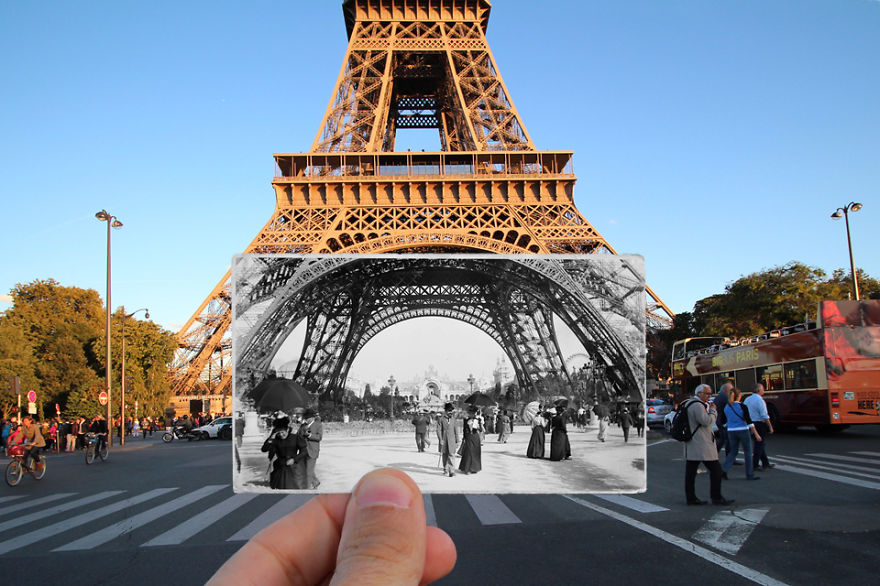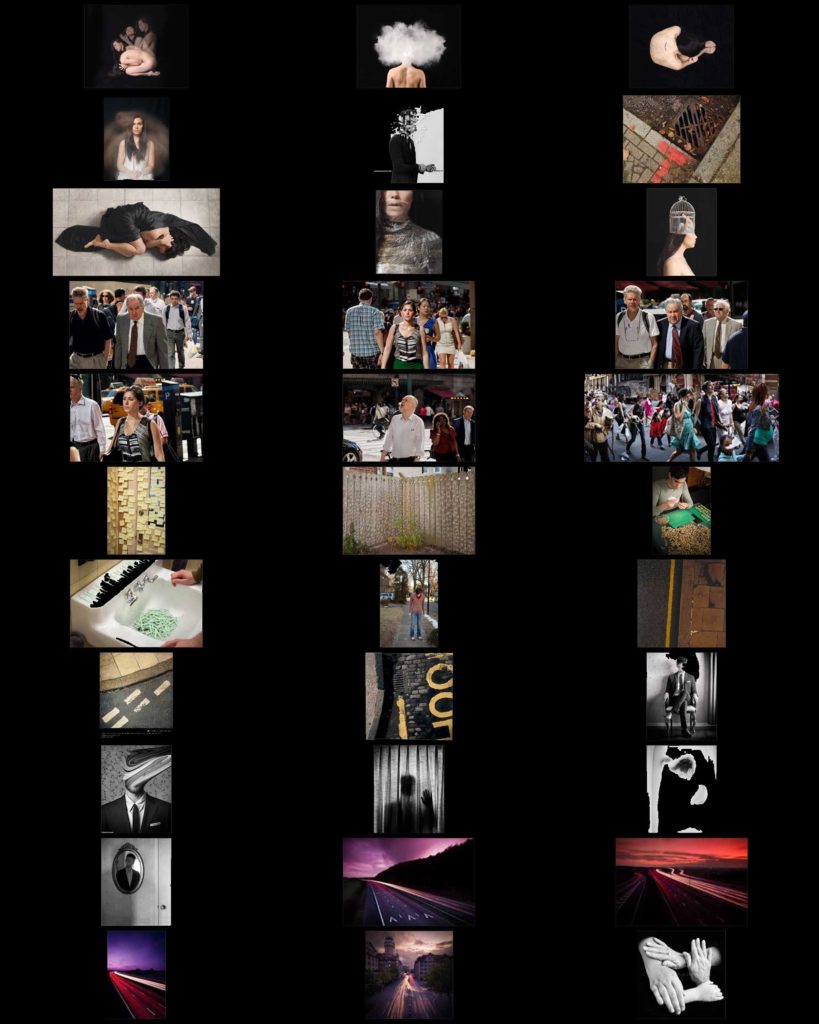
“Marko Köppe, collage artist from the north of Germany, loves art, the classic art, like Leonardo da Vinci, Sandro Botticelli, Hieronymus Bosch, the modern classics, like Salvador Dalí, René Magritte, and also modern art like das Bauhaus and all its influence: Kurt Schwitters, Mark Rothko, Giorgio Morandi, Olafur Eliasson, Banksy, and so many more.
Nature, music, and especially life are important influences of inspiration, and together with the famous German proverb: Everything develops in the eyes of the viewer!, he starts to play around with the style, aesthetics, and contrast between pictures—tries to create something different, something new, that hits the eyes and through them the brain, the imagination, fantasy, the viewers’ internal feelings, wishes, and thoughts.”
https://flexiblepersona.com/marko/
Examples of his work:

Köppe)

Marko Köppe

Marko Köppe
My Plan:
For this project, I will be using photos from previous photo shoots and putting images of buildings from my New York trip in June 2018 on their faces. I will also taking some images from Google Images like butterfly wings, birds, leaves and other things from nature and also putting those on the photo. The concept of these photo is that I am taking things that I saw on my journey through New York and things you would see if you went on a walk through Jersey. I also wanted to show the contrast of New York and Jersey, as one is very modern and industrial whereas the other is more natural and neutral.
Photos I Will be Using:
Final Images (Process of Editing):
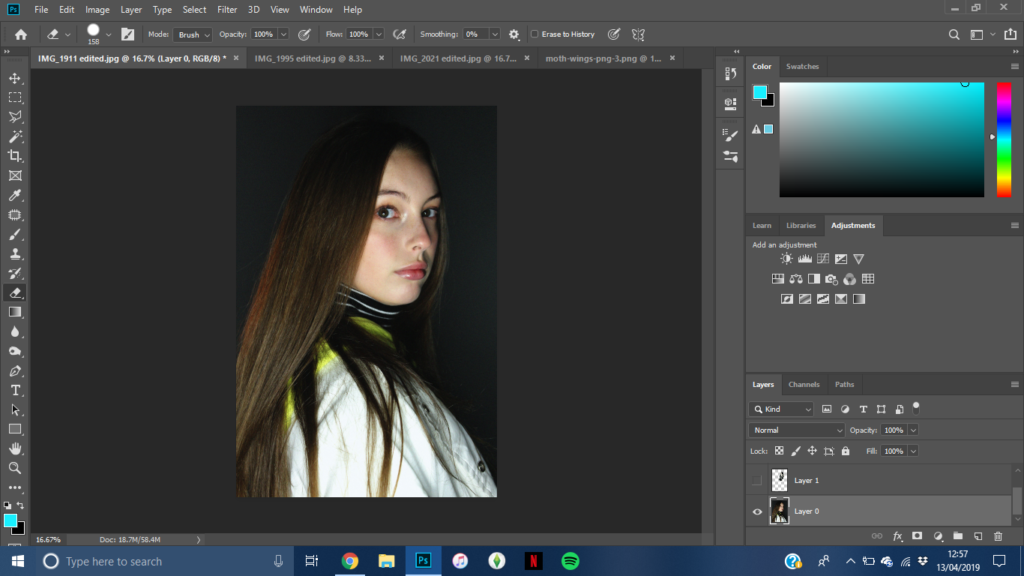
First I got my original image 
Then I got my photo of New York buildings and used the lasso tool to cut around the models face

Then I got a photo of moths wings from Google Images 
https://pngimage.net/moth-wings-png-3/

I then cut out the wings to leave one and placed it on the side of the models head 
I then duplicated the wing and flipped it onto the other side

I then got a png of a hedge from Google Images and placed it onto my image 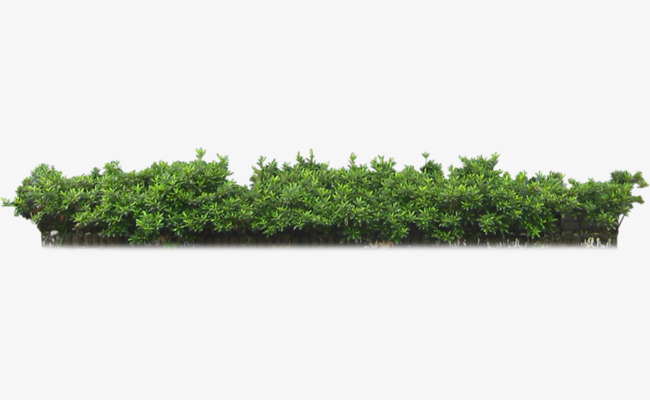
http://www.sclance.com/pngs/hedge-png/view-page-3.htm

I then used the magic wand tool to get rid of the white background, then I moved it

I then got a photo of old looking stop sign from Google images and placed it on my photo 
https://www.shouselaw.com/traffic/stopsign.html

I then used the polygon lasso tool to get rid of the background 
I then placed the stop sign in the middle of the hedge and wing

I then got a png of a chimney from google images and put it on my photo 
http://www.stickpng.com/img/miscellaneous/chimneys/chimneys-on-roof

http://pngimg.com/imgs/nature/bush/
https://www.pinterest.com/pin/439030663653707810/?lp=true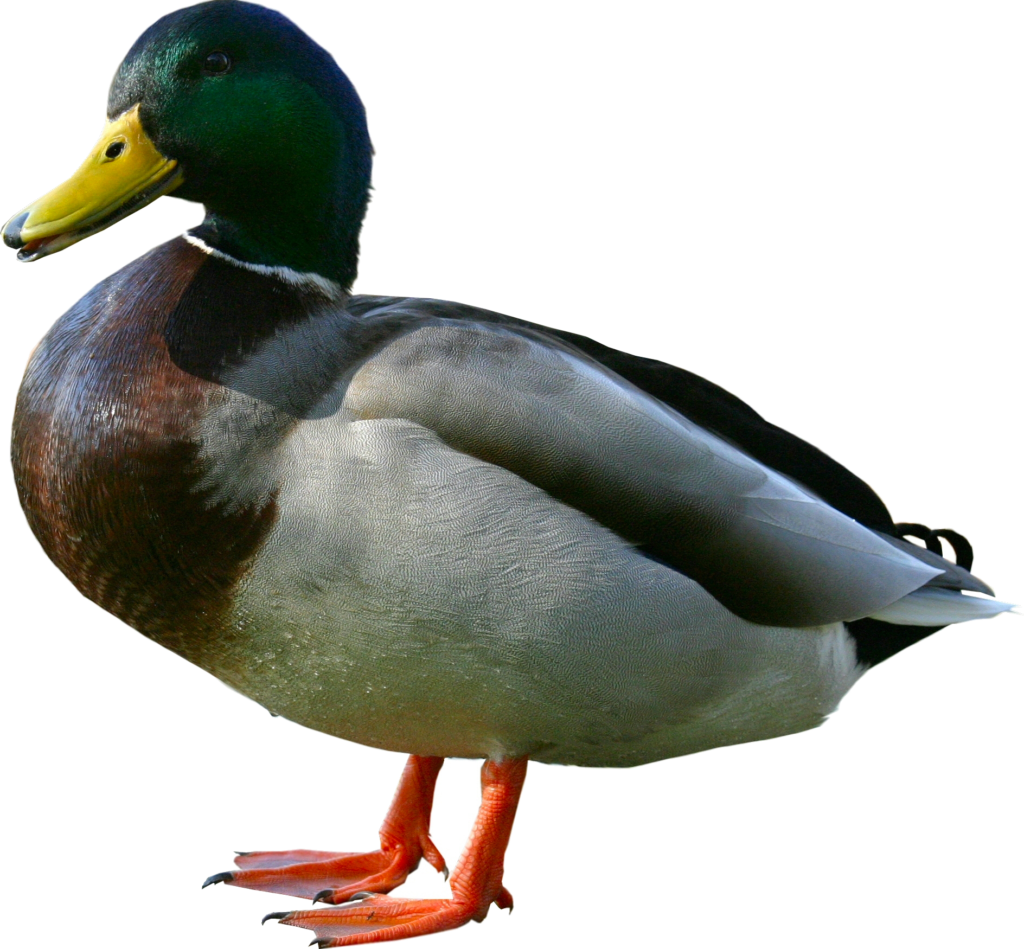
http://pngimg.com/imgs/animals/duck/

https://purepng.com/photo/4764/objects-film-camera
http://campusbasement.com/ramapo/news/articles/4199/security-cameras-to-be-put-in-dorms-to-promote-healthy-campus-life
http://www.pngmart.com/image/90064
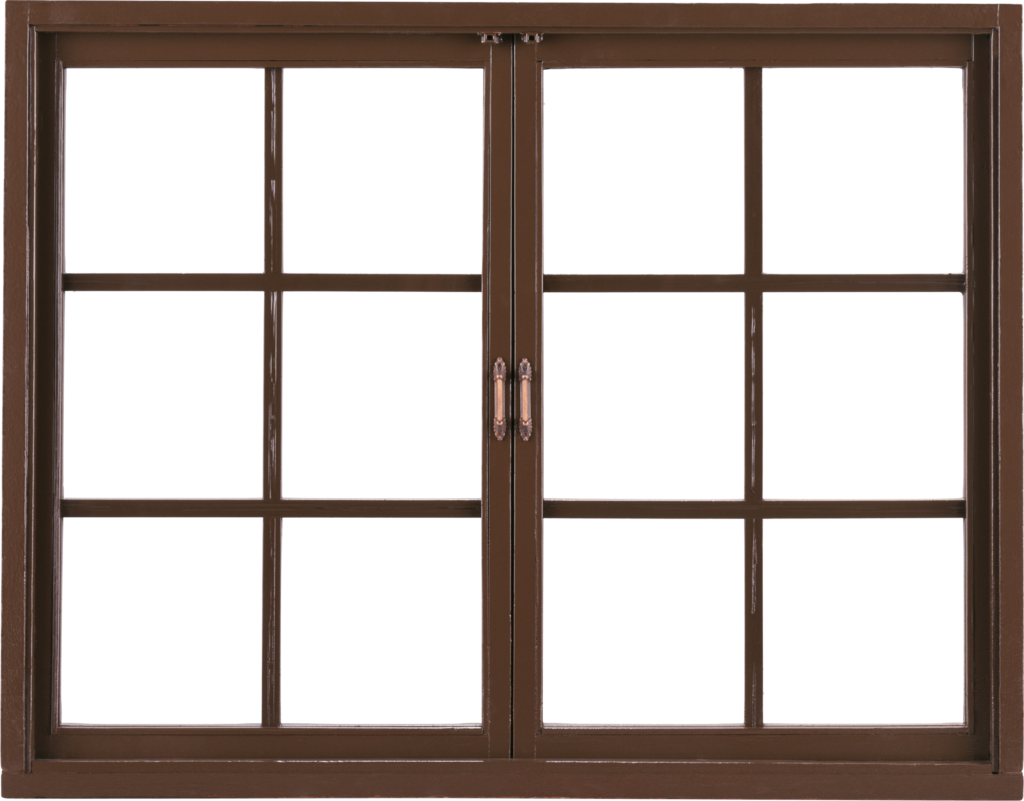
http://pngimg.com/imgs/furniture/window/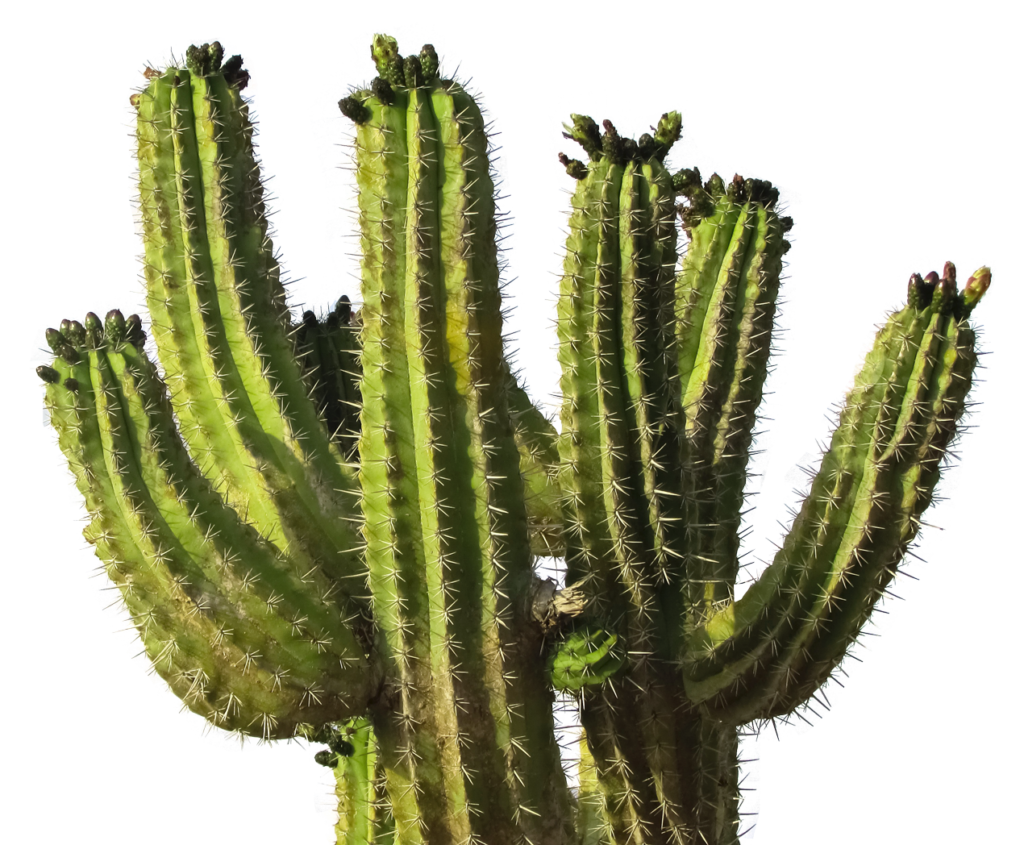
https://purepng.com/photo/11849/clipart-cactus
http://www.stickpng.com/img/animals/birds/vintage/vintage-bird-illustration

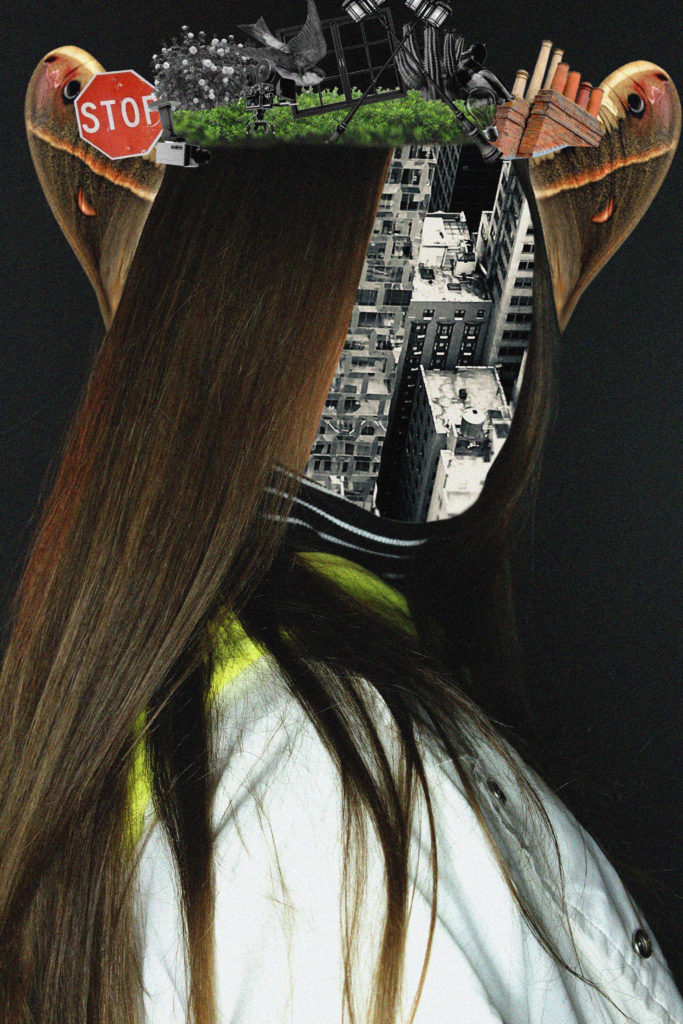
I am really pleased with how this photo turned out. I really like how the moth wings look like ears, and I like the contrast of the black and white images and the coloured images.

I really like the way I put the washing line on the hand. I think this photo is edited really well and I am happy with the outcome.

https://www.pinterest.com/pin/360006563938506711/?lp=true
https://www.freepngimg.com/png/6700-tree-png-image-download-picture
https://www.pinterest.com/pin/439030663653707810/?lp=true
https://courtlandjewels.com/products/signed-antique-original-oil-painting-landscape-the-american-school-19th-century
https://www.pinterest.com/pin/561050066055833194/?lp=true
https://pngtree.com/freepng/solid-wood-home-fireplace-material_3013761.html
http://pluspng.com/armchair-hd-png-5393.html
http://pluspng.com/brick-hd-png-5156.html
http://pngimg.com/imgs/nature/bush/
https://www.decorist.com/finds/6998/fire-escape-wall-shelf/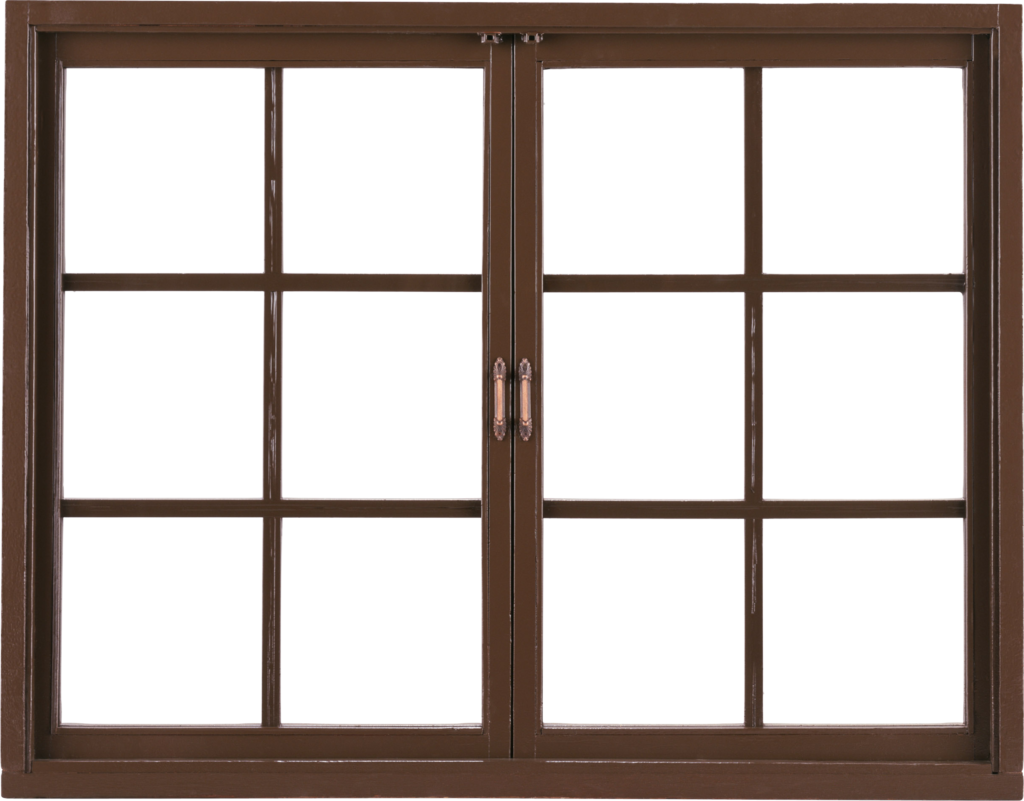
http://pngimg.com/imgs/furniture/window/
http://pngimg.com/imgs/nature/bush/

I really like how this photo turned out. I think I placed everything really well and I think I edited it quite well.

http://www.stickpng.com/img/miscellaneous/chimneys/chimneys-on-roof
https://requestreduce.org/categories/free-vintage-car-clipart.html
http://pngimg.com/imgs/nature/bush/

https://www.pinterest.com/g107825/movie-postersgraphicsdrawingsillustrations/?lp=true
Google Images 
http://pngimg.com/imgs/insects/butterfly/

http://www.stickpng.com/img/transport/traffic-signs/stop-sign-on-pole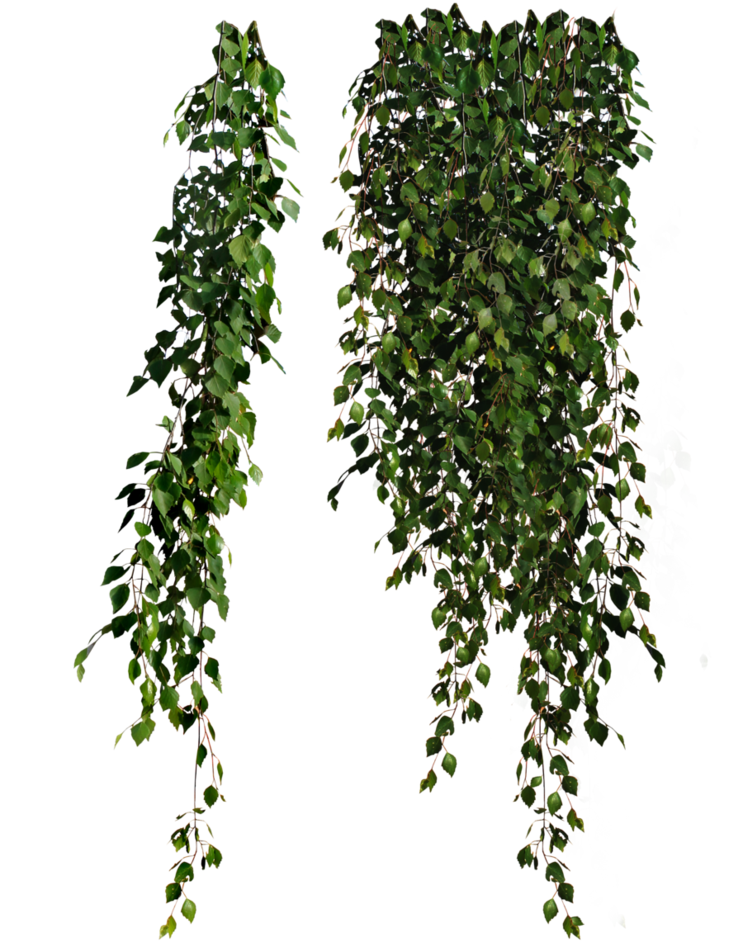
https://www.pinterest.com/pin/561050066055833194/?lp=true
https://pngimg.com/imgs/architecture/fence/

https://www.pinterest.com/pin/360006563938506711/?lp=true
http://www.stickpng.com/img/animals/birds/vintage/vintage-bird-illustration
http://pngimg.com/imgs/nature/bush/
For each photo I tried to capture Marko Köppe editing style and I am really happy with the outcome of these final edited photos.



